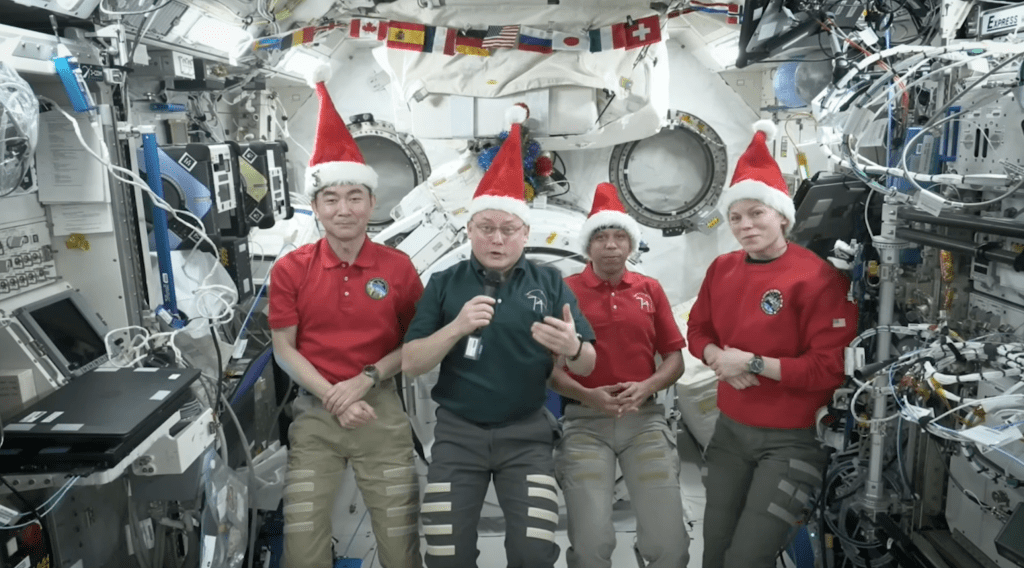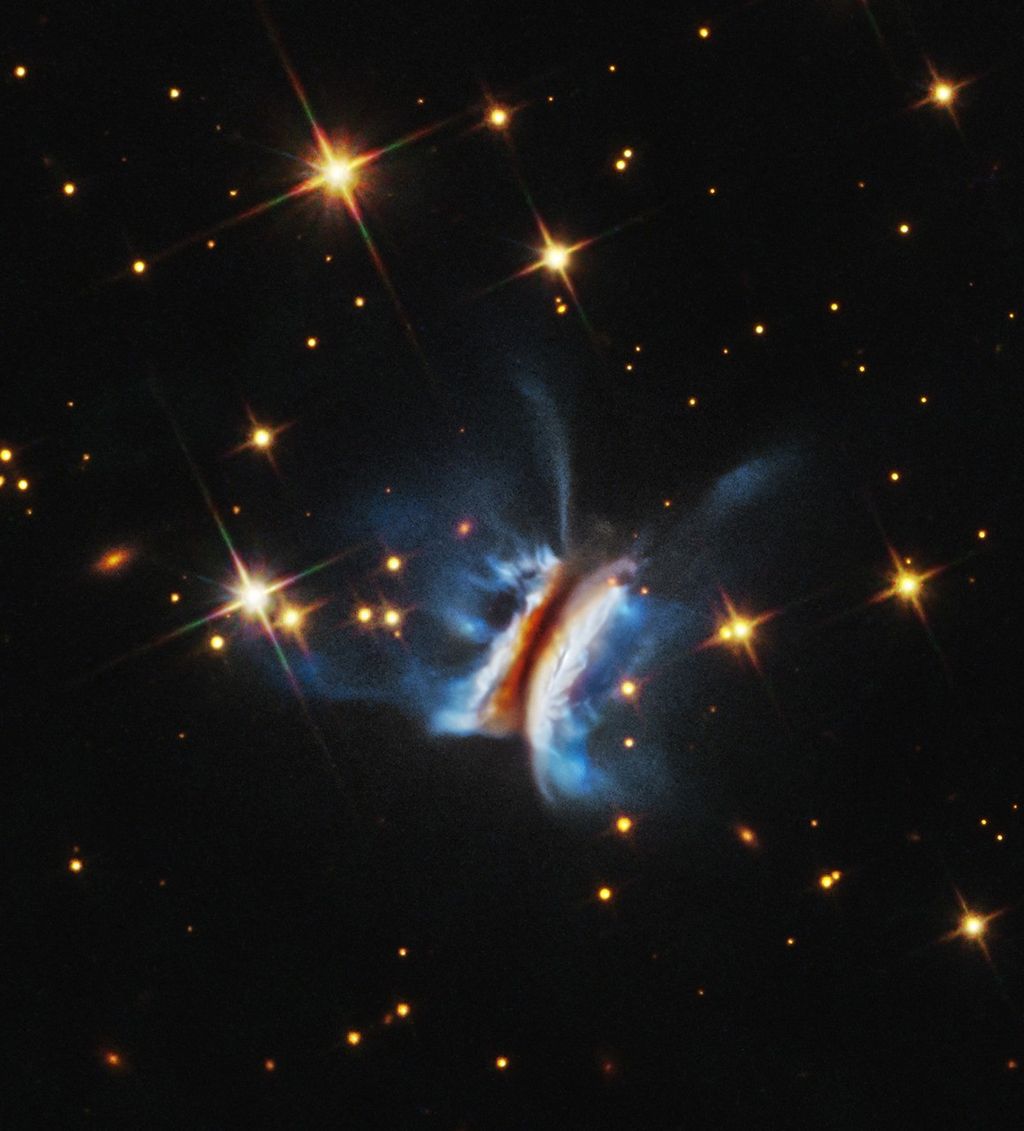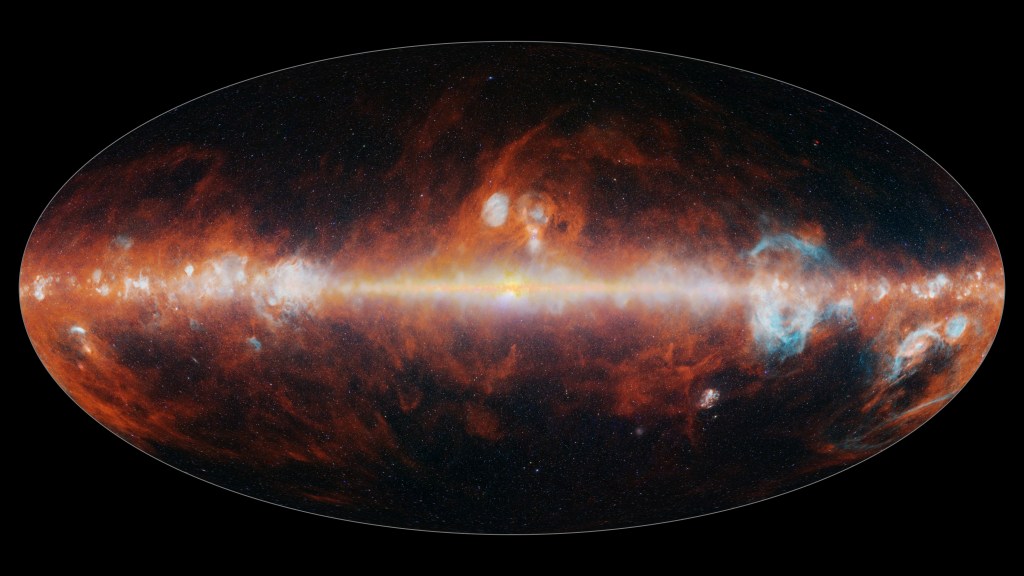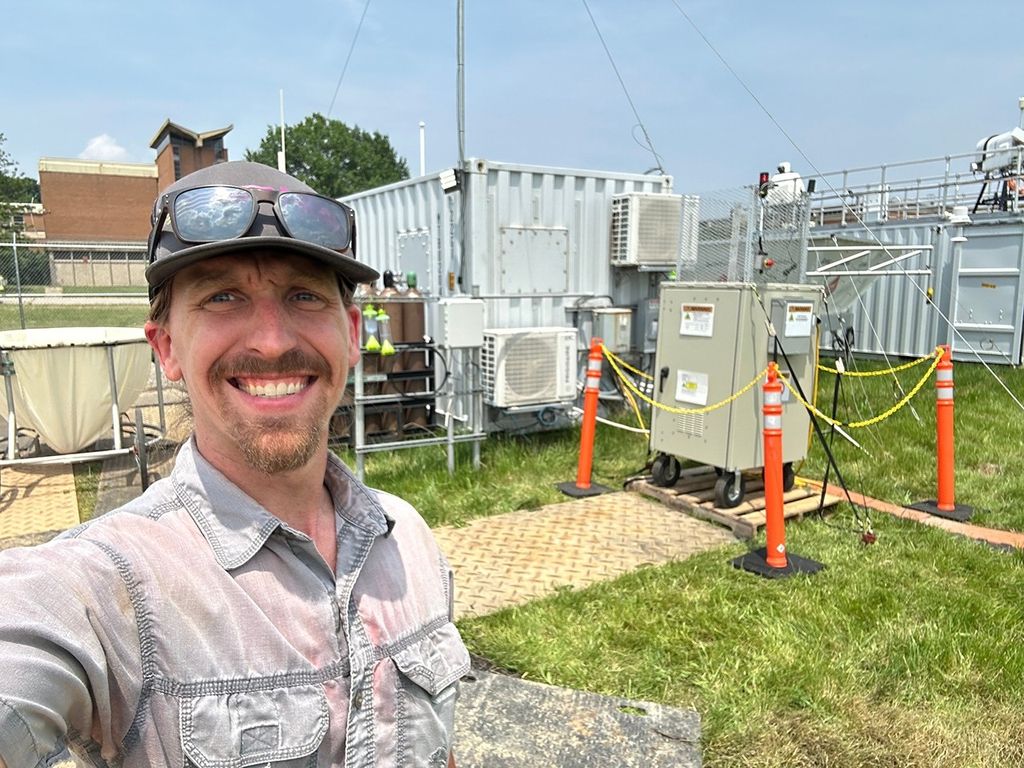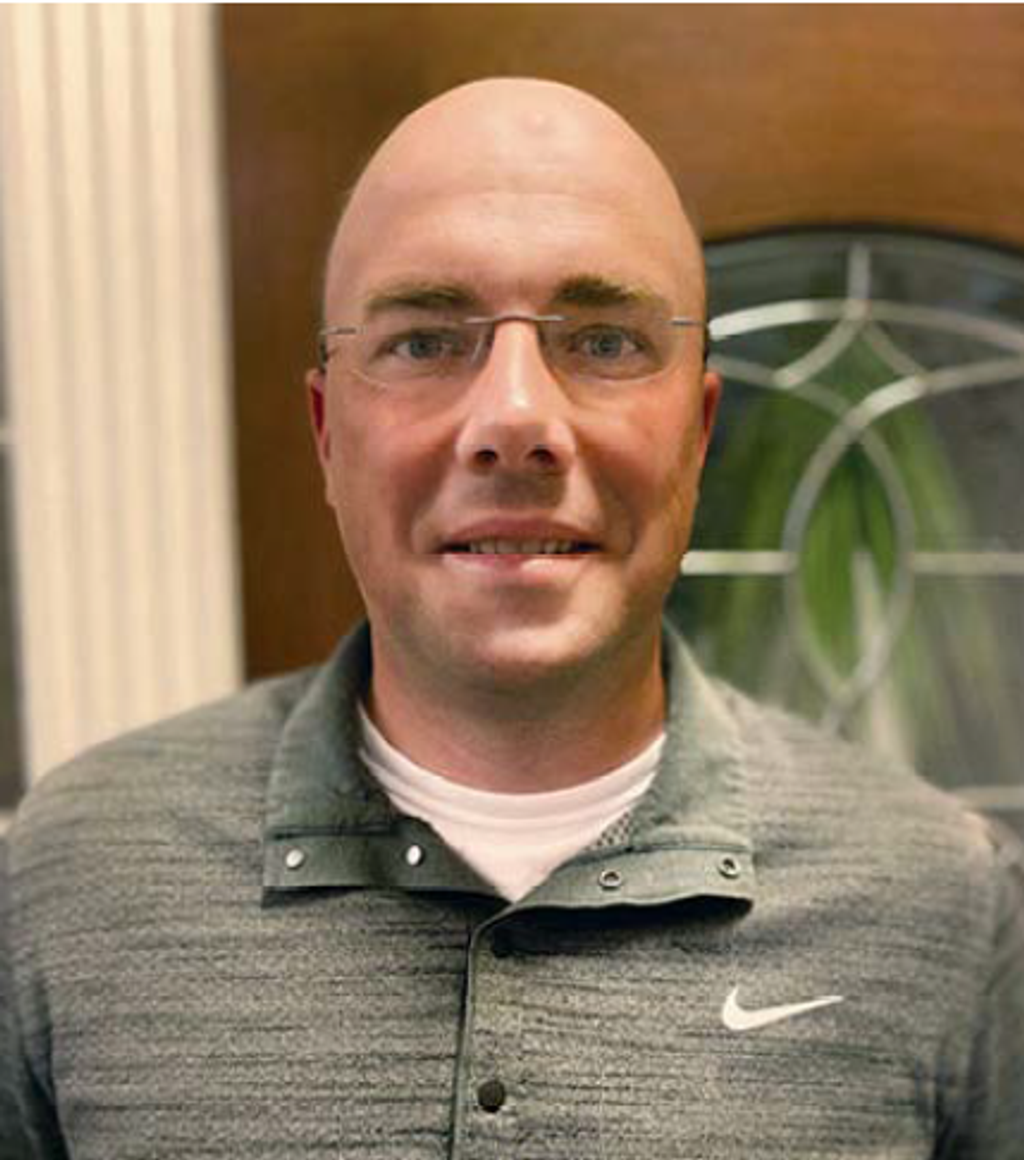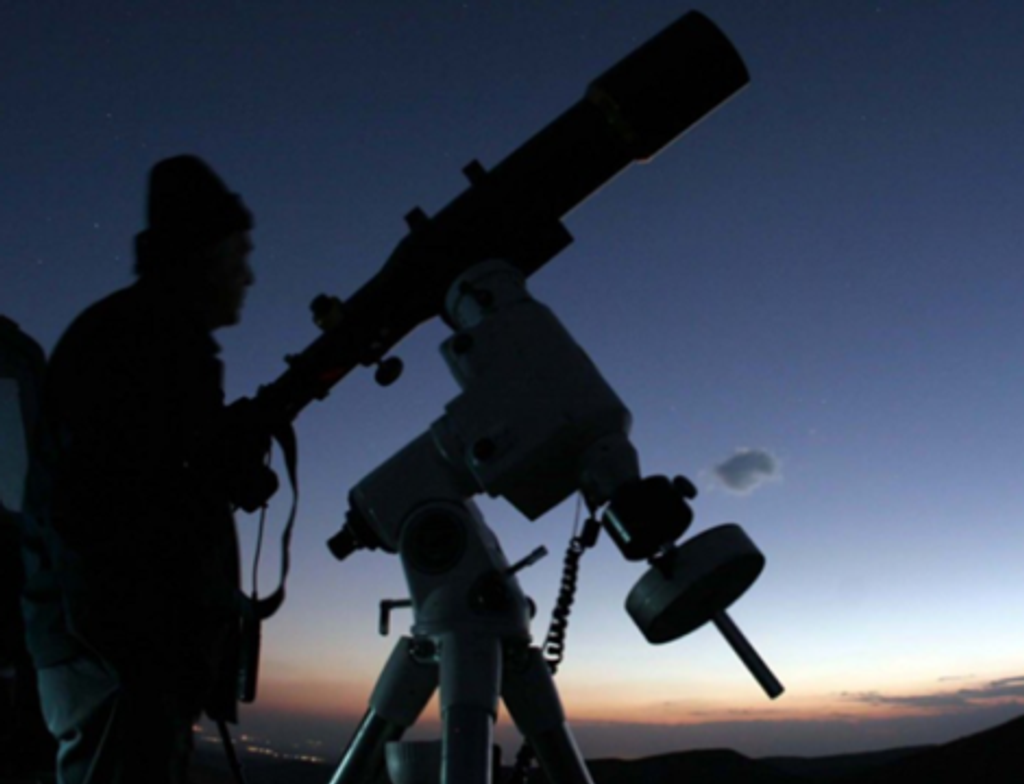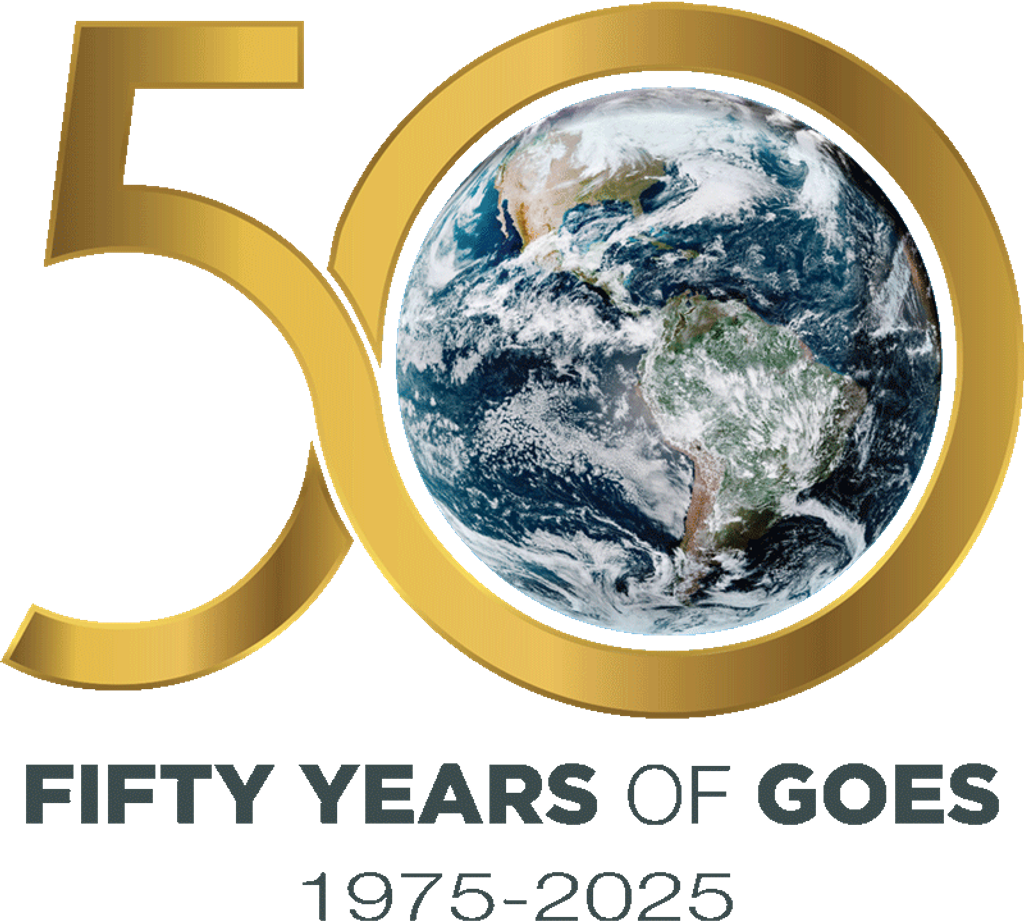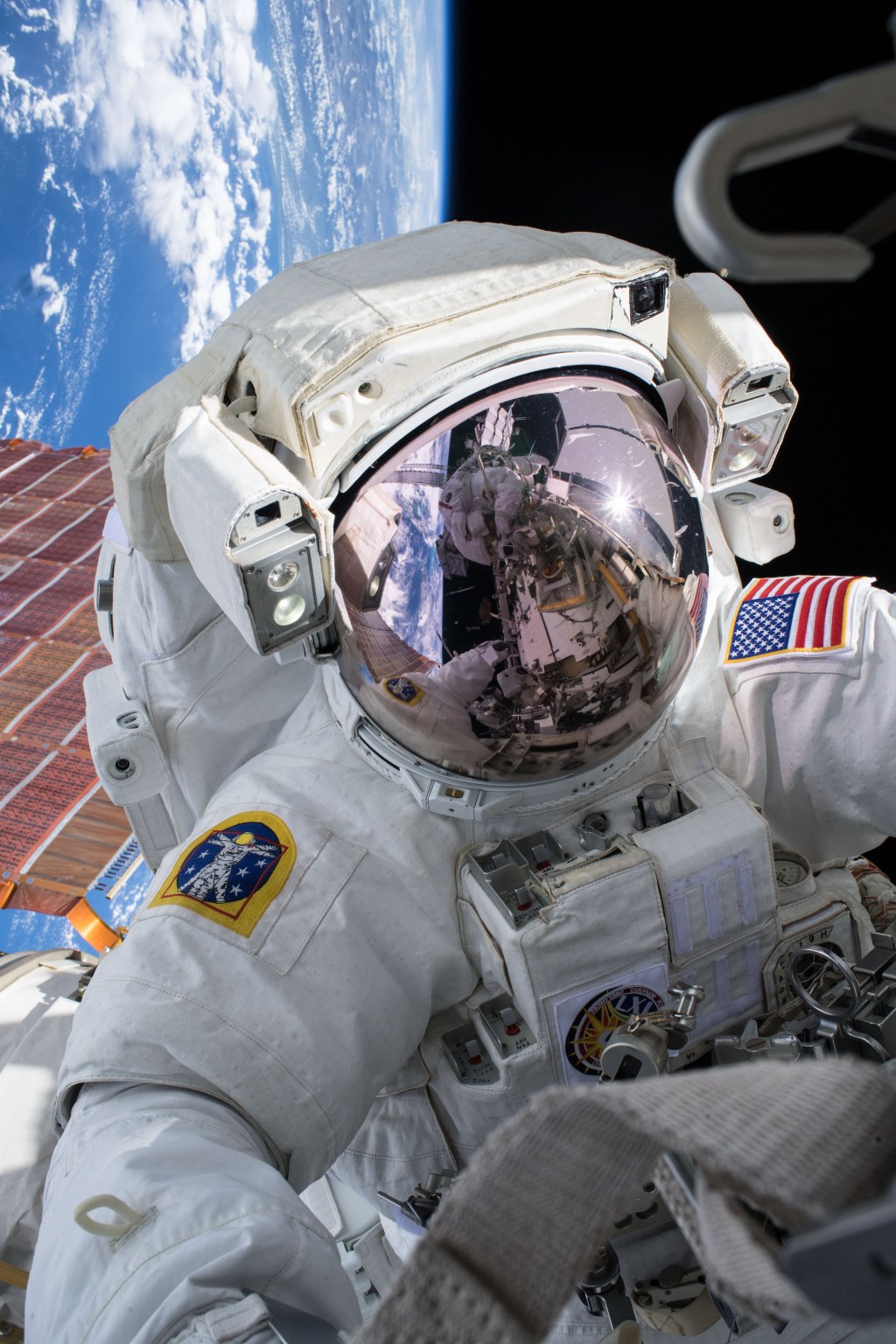Space Weather Satellite Makes Final Stop in Florida
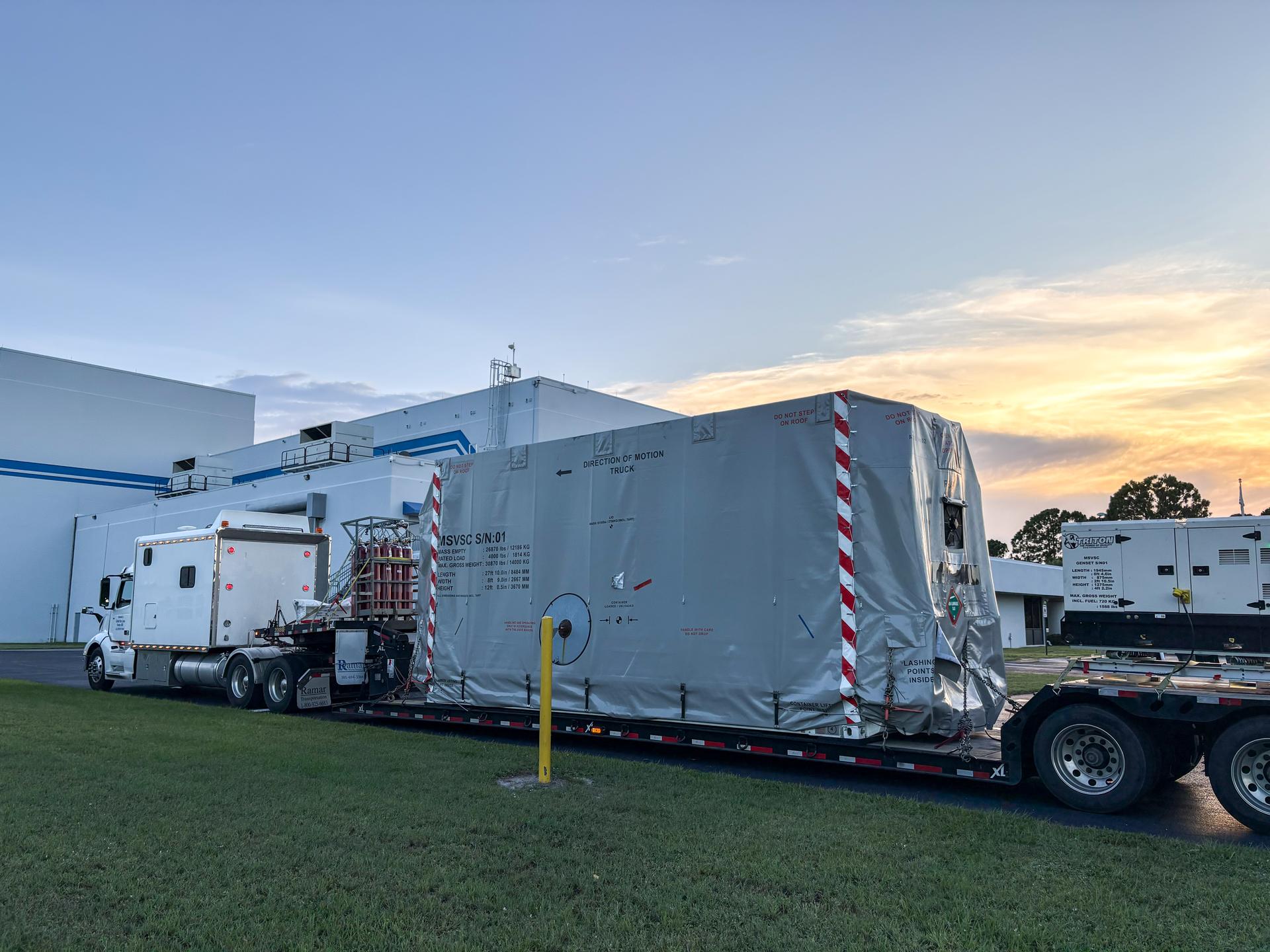
The National Oceanic and Atmospheric Administration’s (NOAA) Space Weather Follow On–Lagrange 1 (SWFO-L1) Observatory, set to provide quicker and more accurate space weather forecasts, arrived on July 20 at the Astrotech Space Operations Facility near NASA’s Kennedy Space Center in Florida. Technicians will process the spacecraft and ready it for launch alongside two NASA observatories, the IMAP (Interstellar Mapping and Acceleration Probe) and Carruthers Geocorona Observatory spacecraft.
Space weather can impact astronauts in space, satellite and radio communications, GPS, electric power grids, as well as agriculture and more. The SWFO-L1 mission will monitor the Sun and near-Earth environment using a suite of instruments that provide real-time measurements of solar activity. The data from SWFO-L1 will give operators critical lead time to take precautionary actions that protect vital infrastructure, economic interests, and national security on Earth and in space.
NASA and NOAA have important and complementary responsibilities in the development, testing, launch, and operation of SWFO-L1. As the Space Weather Program manager, NOAA provides funding, manages operations, and coordinates the dissemination of data products to users. On behalf of NOAA, NASA’s Goddard Space Flight Center in Greenbelt, Maryland, managed the development of the SWFO-L1 Observatory along with commercial partners who developed and build the spacecraft and instruments.
The SWFO-L1 observatory made a cross-country trip, traveling from Boulder, Colorado, where BAE Systems built, assembled, and tested the spacecraft. At Astrotech, the spacecraft technicians will perform final testing and load propellant into the spacecraft. The SWFO-L1 and the Carruthers Geocorona Observatory will be mated in a ridesharing configuration with IMAP, which is the primary mission. The assembly will then be encapsulated into a payload fairing to protect the three spacecraft during launch.
The encapsulated assembly will make a short journey to a SpaceX hangar at NASA Kennedy, where it will be mated to a Falcon 9 rocket, which will launch all three missions nearly a million miles from Earth in the direction of the Sun to Lagrange Point 1. The mission will launch no earlier than September from NASA Kennedy’s Launch Complex 39A.

